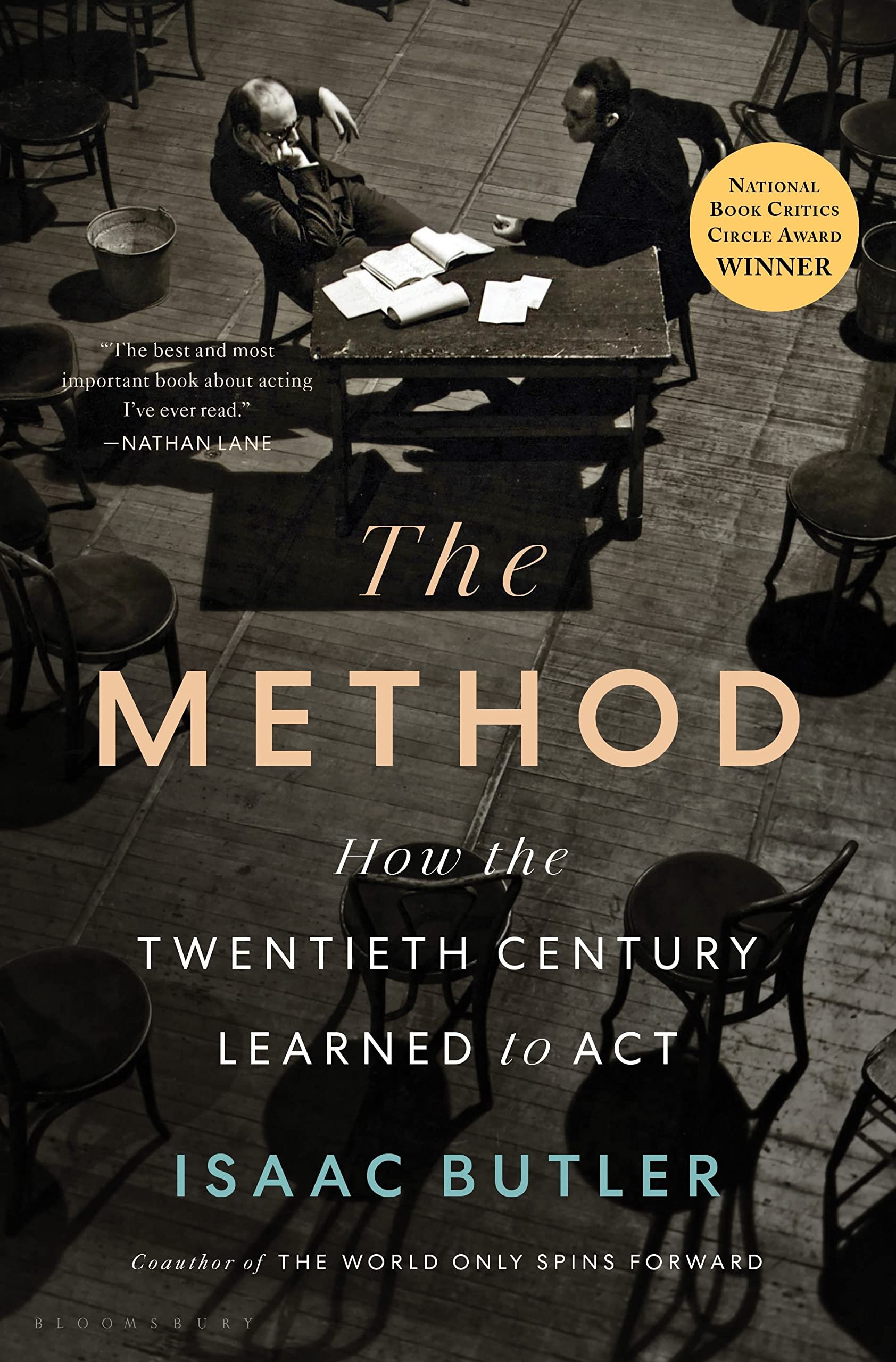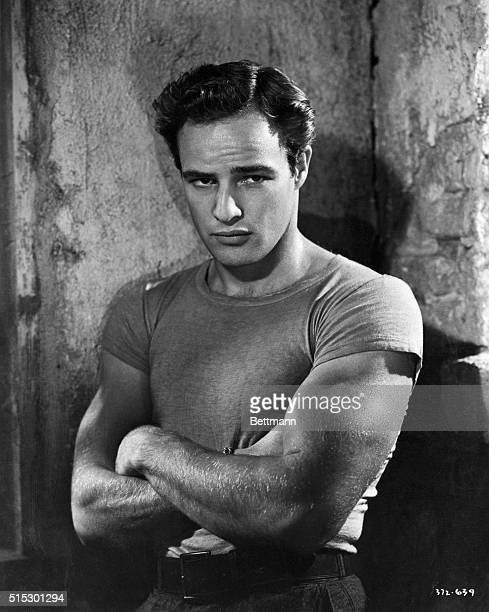‘The Method’ by Isaac Butler
—Cathy Ritchie
The Method: How the Twentieth Century Learned to Act
Isaac Butler (Bloomsbury Publishing, 2022)
In deciding whether to see a stage production or film, my first question is nearly always: “Who’s in it?” I’ve often taken a chance on something unfamiliar simply because a favorite actor is in the mix. For me, the performer is priority #1. But how do actors do what they do?
Arguably, the most famous acting “technique” has been the Method, bequeathed to America via a cadre of 19th-century Russian directors and visionaries. Isaac Butler takes readers on The Method’s singular journey, one that would permanently shape American theatrical history. This book should appeal to both theatre techies and layperson history buffs.
Defining the Method is complicated, but Konstantin Stanislavski followed the concept of perezhivanie, which, loosely translated, means “experiencing” or perhaps more accurately, “re-experiencing.” As Butler describes in his introduction: “Perezhivanie occurs when an actor is so connected to the truth of a role, and has so thoroughly entered into the imaginary reality of the character, that they feel what the character feels, perhaps even think what the character thinks….To Stanislavski, perezhivanie, which he also called ‘living the part,’ was the highest ideal….”
Not simple. In post-Stanislavski generations, the Method would morph into various permutations and combinations, while becoming the target of both adulation and ridicule. (When an actor asked the director George Abbott what his “motivation” should be for a particular bit of stage business, the great man responded “Your job.”) But in the mid-20th century, it would also inspire perhaps the finest flowering of American performing talent seen in a generation. The fact that Butler includes the word “Learned” in his subtitle is so fitting, as several idiosyncratic yet exceptional teachers led the way into this glorious period, their influence lingering well after their deaths. Butler shares them all.
The book’s opening section is devoted to the Moscow Art Theatre (MAT), whose leaders included Stanislavski along with Vladimir Nemirovich-Danchenko, Richard Boleslawski, Olga Knipper and others. American theatre practitioners were introduced to the Method by the MAT during its 1920s tour of the United States. I personally found this portion of the text somewhat tedious at times, though undeniably vital to the history.
However, the book’s pace quickens once America becomes exposed to the new “system.” The author offers snapshot tales of this country’s finest actors and the troupes that gave audiences naturalism and social content—the “poetry of ordinary life,” per Elia Kazan—while often breaking the legendary fourth wall. I enjoyed Butler’s discussions of the actor/student interactions with these iconic teachers, who often indulged in their own fussin’ and feudin’ while imparting their unique artistic visions.
For example, there was the Group Theatre (1931-41), founded by Harold Clurman, Cheryl Crawford, and Lee Strasberg; Strasberg would arguably become the most controversial and polarizing Method teacher ever.
The company included Clifford Odets; the brother/sister acting team of Luther and Stella Adler; Mark Blitzstein; Frances Farmer; Howard da Silva; Franchot Tone; Morris Carnovsky; Canada Lee; and perhaps most significantly, Robert Lewis, Elia Kazan, and Sanford Meisner, whose influence went far beyond the Group Theatre’s work—weaving their ways throughout American theatre development of the time. (After her retirement from the stage, Stella Adler would herself become a seminal acting teacher.) The Group would eventually become the Actors Studio, which still exists today.
As for the performers themselves, Butler brings a parade of Method-inspired legends to life, including Marlon Brando, Marilyn Monroe, John Garfield, Kim Stanley, Rod Steiger, Karl Malden, Montgomery Clift, Warren Beatty, Dustin Hoffman, Meryl Streep, Frances McDormand, Al Pacino, Daniel Day-Lewis, and Robert De Niro: the list goes on. Theatre historians and laypeople curious about how these performers became so memorable will enjoy Butler’s profiles and backstories as much as I did.
The author also illustrates how important the Method has been to 20th-century American filmmaking by describing how many trained performers went on to produce groundbreaking cinema even after their teachers’ deaths—films from The Pawnbroker to Kramer vs Kramer to Raging Bull to all the Godfathers and beyond. As Butler puts it, “like a drop of ink in a glass of water,” the Method and its offshoots permeated American art and culture.
As Butler summarizes: “I do not know of what use the ‘system’ or its progeny will be on America’s stages and screens and watches and toasters in the future. But I do know that Lee Strasberg, Stella Adler, and Sanford Meisner each articulated a way through our present moment of heightened unreality….Whether or not [their] strategies can bring us to the heights of experiencing for every performance at the exact time when our character has to cry, they can help us to construct some terra firma amid a sea of uncertainty….”
And as a superb supplement to Butler’s fine book, I highly recommend the Emmy-Award-winning 1989 documentary Broadway Dreamers: The Legacy of the Group Theatre, part of PBS’s American Masters series, available via YouTube. ( https://www.youtube.com/watch?v=Zd308_SiF1c ) It’s a wonderful journey through the Group’s history, including extensive reminiscing from many of its early members. It’s not to be missed.

